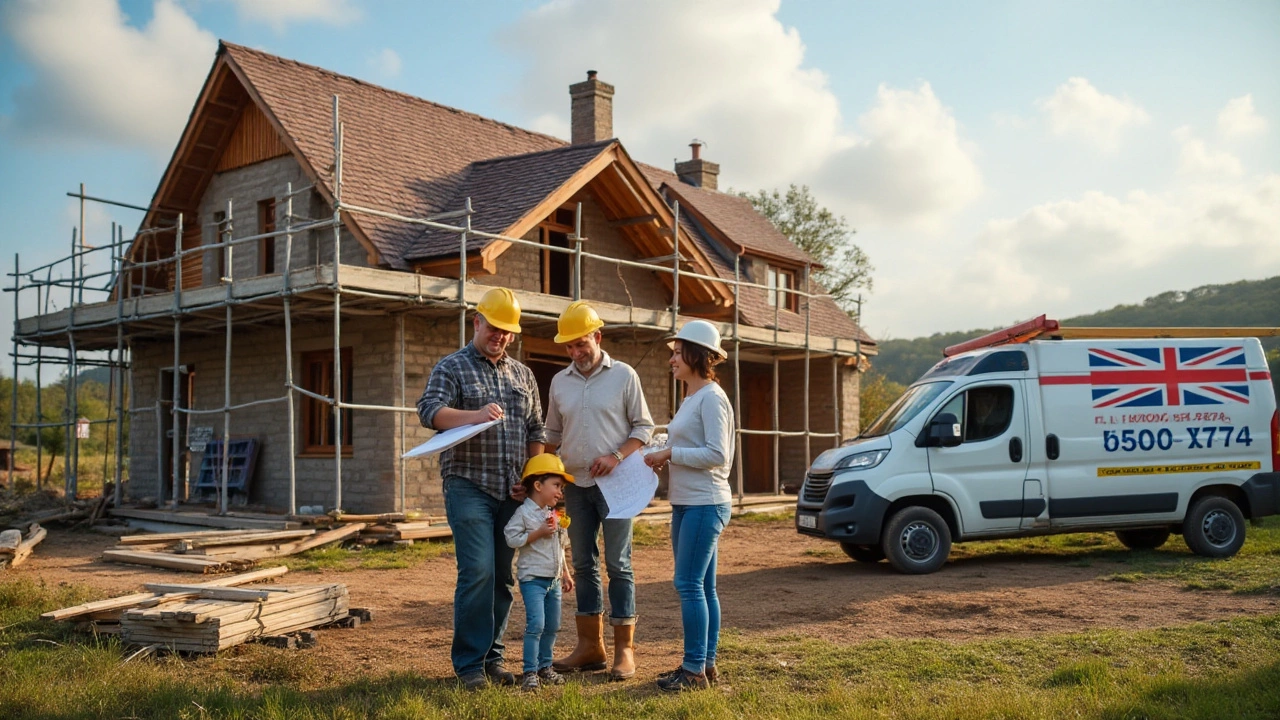Construction Budget Basics: What You Need to Know Before Building
Starting a construction project without a solid budget is like driving blindfolded—you’ll end up lost and spending more than you planned. The good news? A clear budget doesn’t have to be a headache. With a few straightforward steps you can map out every cost, spot potential overruns early, and keep the project moving smoothly.
Step 1: List Every Expense, No Matter How Small
Most people forget the “hidden” costs that show up midway. Begin by writing down all major items: land purchase, design fees, permits, site prep, foundation, framing, plumbing, electrical, finishes, and contingency. Then add the less obvious things—temporary utilities, site security, waste disposal, and insurance. Use a spreadsheet or a budgeting app; the visual layout helps you see where the money goes.
Assign a realistic price to each line. Get at least three quotes for big trades (like excavating or roofing) and use the average. For materials, check current market rates—prices can swing 10‑15% in a year, especially timber and steel. The more accurate your numbers, the fewer surprises later.
Step 2: Build in a Contingency Buffer
Even the best‑planned projects hit bumps—unexpected soil conditions, design changes, or price spikes. A healthy contingency is usually 10‑15% of the total budget. If you’re renovating an old building, lean toward the higher end because structural surprises are common.
Put this buffer in a separate line item instead of tucking it into other categories. When you actually need extra cash, you’ll see it clearly and can approve the spend without scrambling.
Step 3: Track Spending in Real Time
Imagine you’ve approved a $200,000 budget but you’re still using a paper log updated once a month. By the time you notice you’re over, the project is already delayed. Use a digital tool that lets contractors log invoices as soon as they’re issued. Review the report weekly, compare actual spend to the forecast, and adjust upcoming work if you’re edging close to the limit.
When a line item goes over, ask why. Sometimes it’s a simple mistake; other times it signals a design change that needs re‑budgeting. Quick action prevents a small overrun from turning into a major shortfall.
Step 4: Prioritize and Trim Where Needed
If you hit a cost issue, know which items are flexible. Finish materials often have budget‑friendly alternatives—laminate instead of solid wood, or standard fixtures instead of custom. Keep the key performance areas (like structural integrity and waterproofing) untouched; they’re hard to fix later.
Make a “must‑have” vs. “nice‑to‑have” list early. When you need to cut, you’ll have a ready guide instead of making random compromises that could affect the whole project.
Step 5: Communicate the Budget to Everyone
All stakeholders—architect, builder, subcontractors, and even the client—should see the same numbers. Hold a kickoff meeting where you walk through the budget, explain the contingency, and set expectations for changes. A transparent budget reduces arguments and speeds up decision‑making when surprise costs appear.
Finally, remember that a construction budget isn’t set in stone; it’s a living document. Keep it updated, stay involved, and you’ll finish the build on time and within budget, without the stress of unexpected bills.

